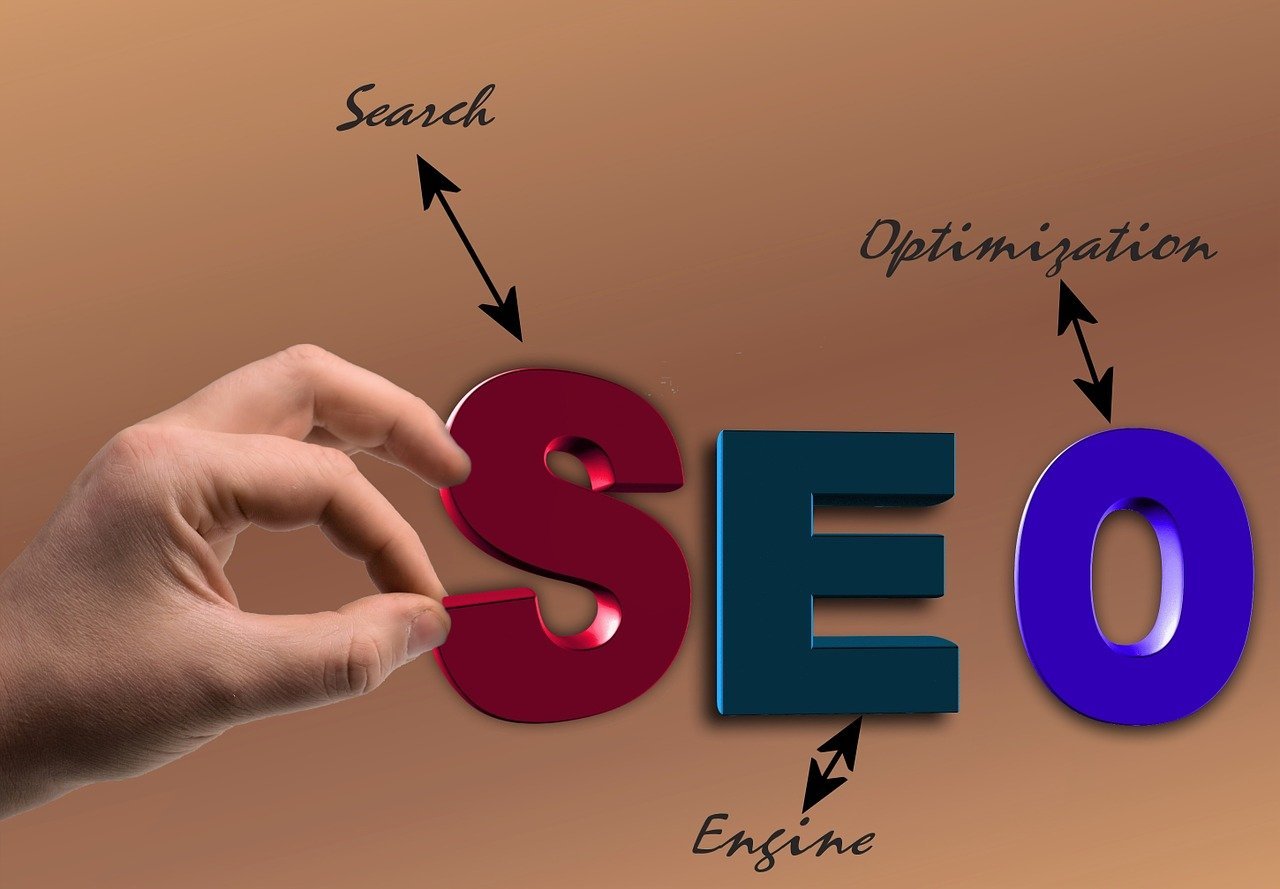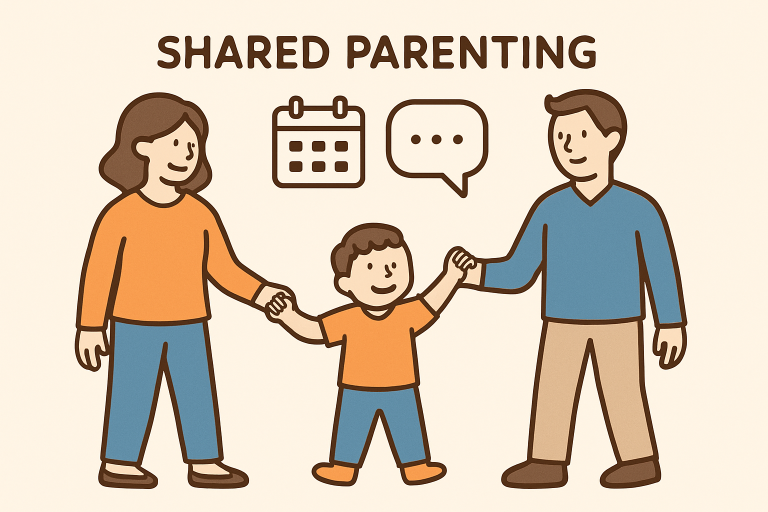Key Takeaways
- Donor-Advised Funds (DAFs) have emerged as one of the most dynamic and impactful vehicles for charitable giving, offering simplicity and flexibility tailored to the modern philanthropist.
- Strategic support, attention to compliance, and authentic partnerships between donors, advisors, and nonprofits help maximize the positive effect of DAFs in the community.
- By embracing proven best practices and staying informed of recent regulatory, legal, and philanthropic trends, all stakeholders can ensure that DAFs provide measurable, ongoing benefits for those who need them most.
The Growing Popularity of Donor-Advised Funds (DAFs)
Donor-advised funds (DAFs) have rapidly become a cornerstone of charitable giving in recent years. These unique vehicles enable donors to make charitable contributions, receive immediate tax deductions, and then recommend grants to their chosen nonprofits over time. According to the National Philanthropic Trust, the total value of contributions to DAFs in the United States has continued to climb year after year, with over $72 billion given in 2022 alone. This steady growth is fueled by the flexibility and ease of use that DAFs offer compared to traditional approaches, as well as donors’ increasing desire to align their giving with personal and family values.
One of the most significant trends is the way DAFs are changing the speed and responsiveness of philanthropic support. Grants can be directed to urgent causes in days, helping nonprofits meet rising needs faster than ever before. While individual DAF holders play a central role, the insights and operational guidance provided by professionals—such as those featured at https://dafholdco.com/mark-patrick—ensure that the complexities of compliance, grantmaking strategy, and donor intent are met with skill and precision. Interested readers can dive deeper into sector-wide trends and innovations by exploring donor-advised funds in philanthropy, which details the shifting landscape and growing impact of DAFs across the nonprofit space.
Why Communities Benefit from Thoughtfully Managed DAFs
Well-managed DAFs have the unique ability to channel charitable resources directly to the community challenges that need them most. Unlike many other forms of giving, DAFs enable donors to focus their funds on a broad spectrum of issues—from addressing food insecurity and homelessness to promoting educational equity and supporting the arts. By recommending grants to local organizations, donors can genuinely make a difference in their neighborhoods, while also retaining the option to support national or global causes as needs arise. The best outcomes often result when DAF sponsors and community-based nonprofits form intentional, ongoing partnerships, sharing feedback and insights to build more effective grant programs over time.
Step-by-Step Guide to Facilitating a Charitable DAF
- Define Your Giving Goals: Begin by reflecting on what matters most to you. Are you passionate about childhood education, community health, the environment, or another cause? Establishing a clear charitable focus makes it easier to identify potential grantees and measure the impact of your giving. Family discussions or input from trusted advisors can also help clarify these goals.
- Select a DAF Sponsor: Choose a sponsoring organization—including community foundations and financial institutions—that operates DAFs consistent with your values and desired level of involvement. Consider factors such as minimum contribution amounts, fees, investment options, and the level of service or guidance provided.
- Open and Fund the DAF: Funds can be started with contributions of cash, publicly traded securities, real estate, or even non-traditional assets. The contributed assets become the property of the sponsor, but donors retain advisory privileges over grant recommendations. Immediate tax benefits can be realized in the year the contribution is made.
- Recommend Grants: As you identify nonprofits that match your charitable focus, submit recommendations for grants. Sponsors perform due diligence to ensure that recipients are IRS-qualified and that grants are disbursed appropriately. Many DAF sponsors offer online portals for effortless, trackable grantmaking.
- Monitor and Adjust: Stay connected with grantees to track progress and outcomes. A flexible approach enables you to adjust your giving strategy over time as community needs evolve or new opportunities arise.
With guidance from experienced advisors and robust planning, these steps provide a strong foundation for anyone seeking to facilitate a DAF in a way that truly benefits the greater community.
Addressing Common Questions About DAF Administration
What Legal Rules Govern DAFs?
DAFs are subject to oversight as public charities, operating under comprehensive guidance from the IRS regarding DAFs. Sponsors retain final decision-making authority over all grants, preventing donors from having direct control but still allowing for meaningful recommendations. Additionally, grants must not offer donors any personal benefit or be used for political activity, tuition payments, or membership dues. Annual reporting requirements and strict anti-abuse provisions further ensure accountability and public trust.
How Do DAFs Differ from Private Foundations?
Both DAFs and private foundations offer donors ways to organize their giving, but there are notable differences. DAFs have lower start-up and administrative costs, greater anonymity, and simpler tax reporting requirements than foundations. In contrast, private foundations afford donors greater control over their investments and grantmaking, but require IRS filings, board governance, and adherence to mandated minimum annual distributions. As a result, DAFs are often the better option for donors who want a streamlined, lower-maintenance vehicle without sacrificing impact.
Best Practices for Donors and Advisors
- Be Proactive: Anticipate and respond to changing community needs by reviewing sector updates and connecting regularly with local leaders. Strategic philanthropy means being ready not only to meet current requests but also to fund emerging priorities before they become crises proactively.
- Communicate Openly: Foster a two-way dialogue with advisors and grantee partners. Open communication helps identify shared objectives and avoids misunderstandings, ensuring that funds are deployed efficiently and with the most significant potential for good.
- Assess Outcomes: Request detailed feedback and regular updates from recipient organizations to ensure practical evaluation. Evaluating measurable results—such as the number of people served or specific community improvements—supports informed decision-making and continuous improvement.
- Align Values: Consistently review your giving strategy to ensure it aligns with your core beliefs and priorities. As your life circumstances or global events shift, reassess your giving focus to ensure it remains impactful and personally meaningful.
Collaboration with Nonprofits to Maximize Community Outcomes
Strong relationships between DAF donors, sponsors, and nonprofit organizations elevate the effectiveness of charitable giving. Collaboration often begins by listening: learning directly from nonprofits about community needs, ongoing challenges, and innovative approaches. Recurring communication and shared planning sessions can help build flexible grant structures, encourage creative solutions, and increase accountability for all parties involved.
Nonprofits can enhance these relationships by providing timely impact stories, transparent reporting, and regular invitations for funders to witness their work firsthand. This mutual trust creates a culture of continuous learning and impact-driven performance. As a result, grants are targeted, responsive, and informed by both data and real-life experience. Ultimately, successful partnerships result in a lasting, positive imprint on the communities everyone seeks to serve.
Challenges and Opportunities in Facilitating DAFs
Despite their widespread adoption, DAFs occasionally draw scrutiny regarding the transparency of funds and how quickly those dollars are directed to mission-driven causes. Critics sometimes allege that money remains parked in DAFs indefinitely; however, sector research demonstrates that DAF payout rates are actually higher than those typically seen in private foundations. Ongoing discussions about reforms—including new payout requirements—keep DAFs in the public eye, driving continued evolution in best practices and transparency mechanisms.
Looking forward, technology is poised to accelerate positive changes in DAF administration—improving reporting, streamlining grantmaking, and enabling donors to see the impact of their contributions in real-time. Educational initiatives and thought leadership in the sector also offer an exciting opportunity to debunk myths, clarify the unique benefits of DAFs, and empower more donors to embrace this accessible path to meaningful giving.
Summary of Actionable Insights
- DAFs are a versatile, efficient, and responsive solution for community-focused philanthropy, enabling both urgent and long-term, strategic giving.
- Guidance from advisors such as those at http://dafholdco.com/our-team/, paired with open communication and collaboration among all stakeholders, is key to successful outcomes.
- Stay up-to-date with current trends, evolving legal standards, and sector research to ensure charitable giving remains effective and impactful.
- Commit to regular evaluation and transparent reporting, fostering trust and ensuring every dollar has the opportunity to make a difference where it counts most.
YOU MAY ALSO LIKE: Arañas colgantes para living: Elevate Your Space with Stunning Light











